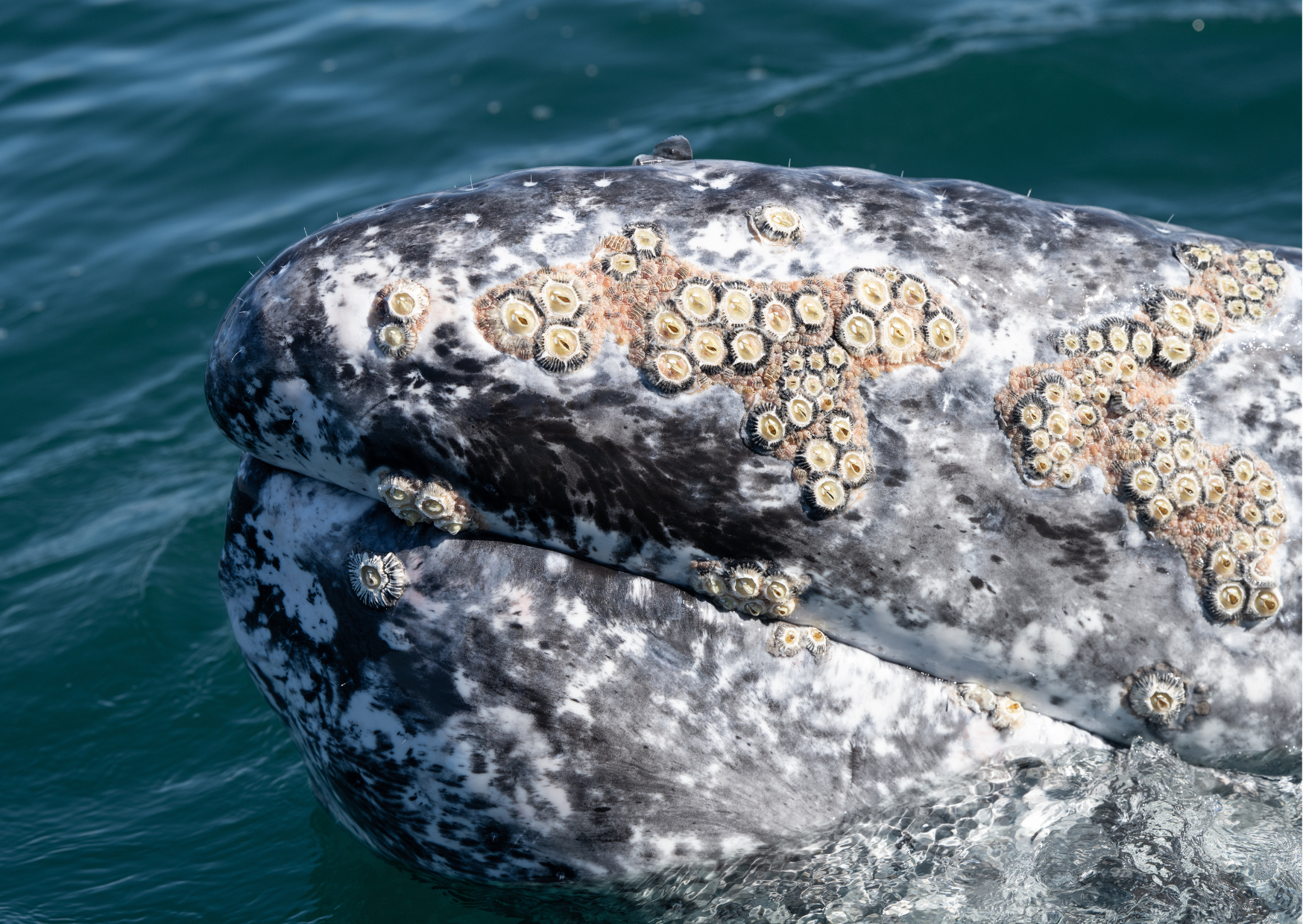Next working day delivery with Royal Mail Tracked 24
What are Barnacles?

What are Barnacles?
Barnacles are small, crustacean animals that are part of the arthropod family, like crabs and lobsters. They are marine organisms that typically live in saltwater environments, attaching themselves to hard surfaces such as rocks, ship hulls, docks, and even the shells of turtles or whales. Once attached, they secrete a cement-like substance to hold them in place for life.
They have a hard, calcium-carbonate shell that protects their bodies, and they use feathery appendages called cirri to capture food particles like plankton from the water. Despite their sedentary appearance, barnacles undergo a fascinating lifecycle, beginning as free-swimming larvae before settling down and becoming permanent fixtures on a surface.
Barnacles are essential for ocean ecosystems as they provide habitat for smaller marine life and help with water filtration. However, they can also be a nuisance for sailors due to their tendency to encrust boats and reduce their efficiency by increasing drag.
What ecological role do barnacles play in marine environments?
Barnacles play a significant ecological role in marine environments, contributing to the health and balance of these ecosystems. Here are a few key roles they fulfill:
Habitat Providers: By forming dense clusters on rocks, shipwrecks, or other surfaces, barnacles create habitats for small marine organisms like algae, worms, and snails. This adds to the biodiversity of their environment.
Food Source: Barnacles are an important food source for various marine animals, including certain species of fish, sea stars, and even birds such as gulls. They play a role in the food web by transferring energy from plankton to larger predators.
Water Filtration: Barnacles feed by filtering plankton and organic particles from the water using their cirri. This process helps to clean and clarify water, improving its quality for other marine life.
Surface Colonization: By attaching to hard surfaces, barnacles can stabilize structures and influence the development of marine biofilms and communities, promoting the colonization of other organisms.
Indicator Species: Because they are sensitive to changes in water quality and temperature, barnacles can act as indicators of environmental health and changes in marine ecosystems.
Who are the main predators of barnacles?
Barnacles face predation from a variety of marine animals. Some of their main predators include:
Whelks and other sea snails: These slow-moving creatures drill through barnacle shells to consume the soft tissue inside.
Sea stars: With their flexible arms and powerful grip, they pry barnacles from surfaces and digest them.
Shorebirds: Birds like seagulls and oystercatchers often pick barnacles off rocks during low tide.
Fish: Certain species, such as wrasses and blennies, scrape barnacles off submerged surfaces to eat them.
Despite their hard shells, barnacles are an important food source in the marine food web, supporting predators in coastal ecosystems. Nature’s balance never ceases to amaze!
Lifecycle of a barnacle
The lifecycle of a barnacle is quite remarkable! It consists of several unique stages:
Eggs and Larvae: Barnacle reproduction begins with fertilized eggs, which develop into free-swimming larvae called nauplii. These tiny nauplii drift in the plankton, feeding and growing.
Cypris Stage: After several molts, the nauplii transform into cypris larvae. In this stage, they seek a permanent surface to settle—rocks, ships, or even living hosts like whales. Cypris larvae use chemical cues to find suitable spots.
Attachment: Once they settle, cypris larvae secrete a cement-like substance to anchor themselves. After attaching, their metamorphosis begins—transforming from larvae into adult barnacles.
Adulthood: Adult barnacles are stationary and encased in protective shells. They extend their feathery cirri to filter food from the water. Barnacles continue to grow by adding layers to their shells.
Reproduction: As adults, barnacles reproduce by exchanging sperm with neighbors (thanks to their long reproductive organs). The cycle then repeats with the release of fertilized eggs into the water.
Their transformation from wandering larvae to stationary adults is a fascinating example of adaptation to life in challenging marine environments.
To browse our range of marine fishkeeping products please click here.
To browse our range of aquariums suitable for marine please click here.
Photo credit(s): Canva Pro Licence







